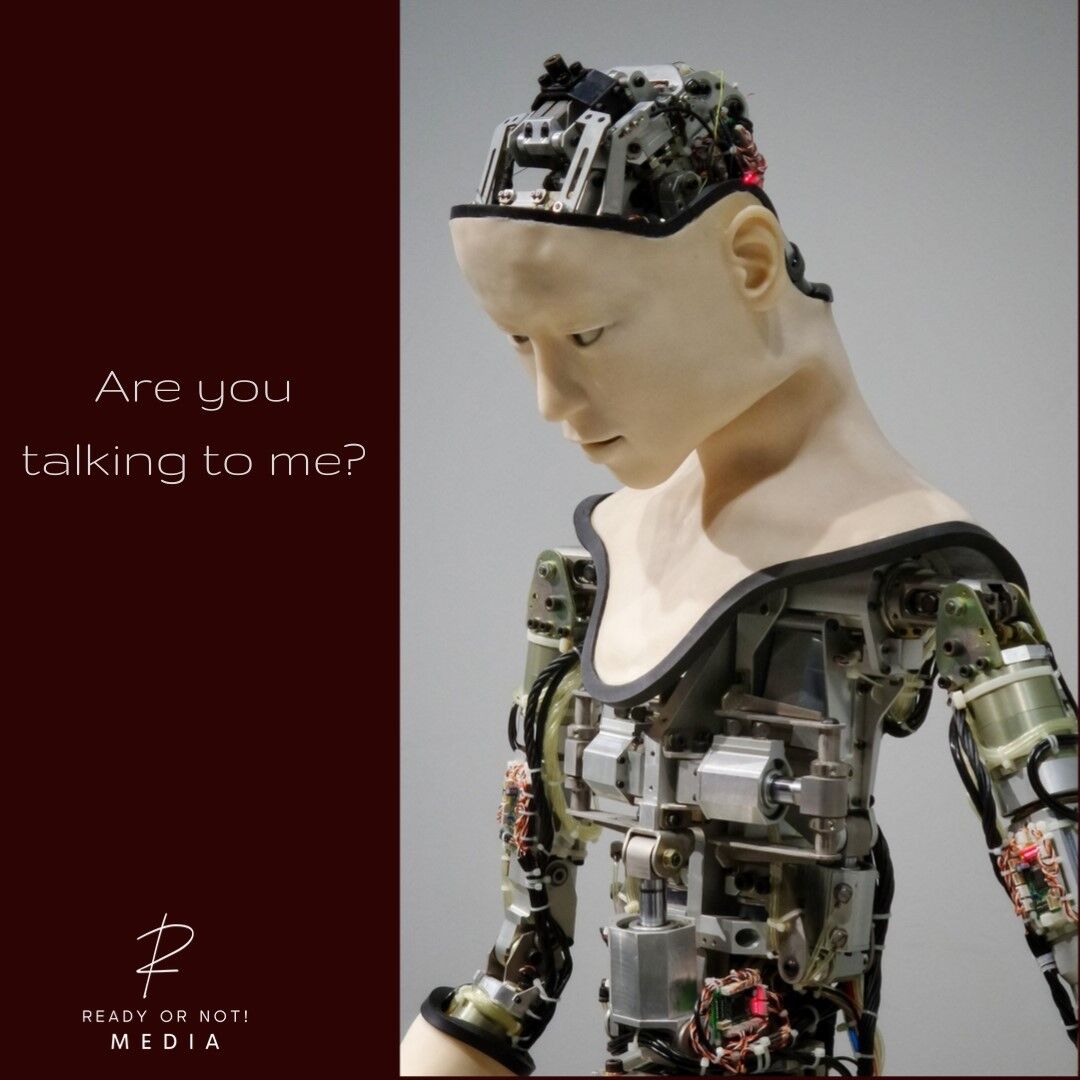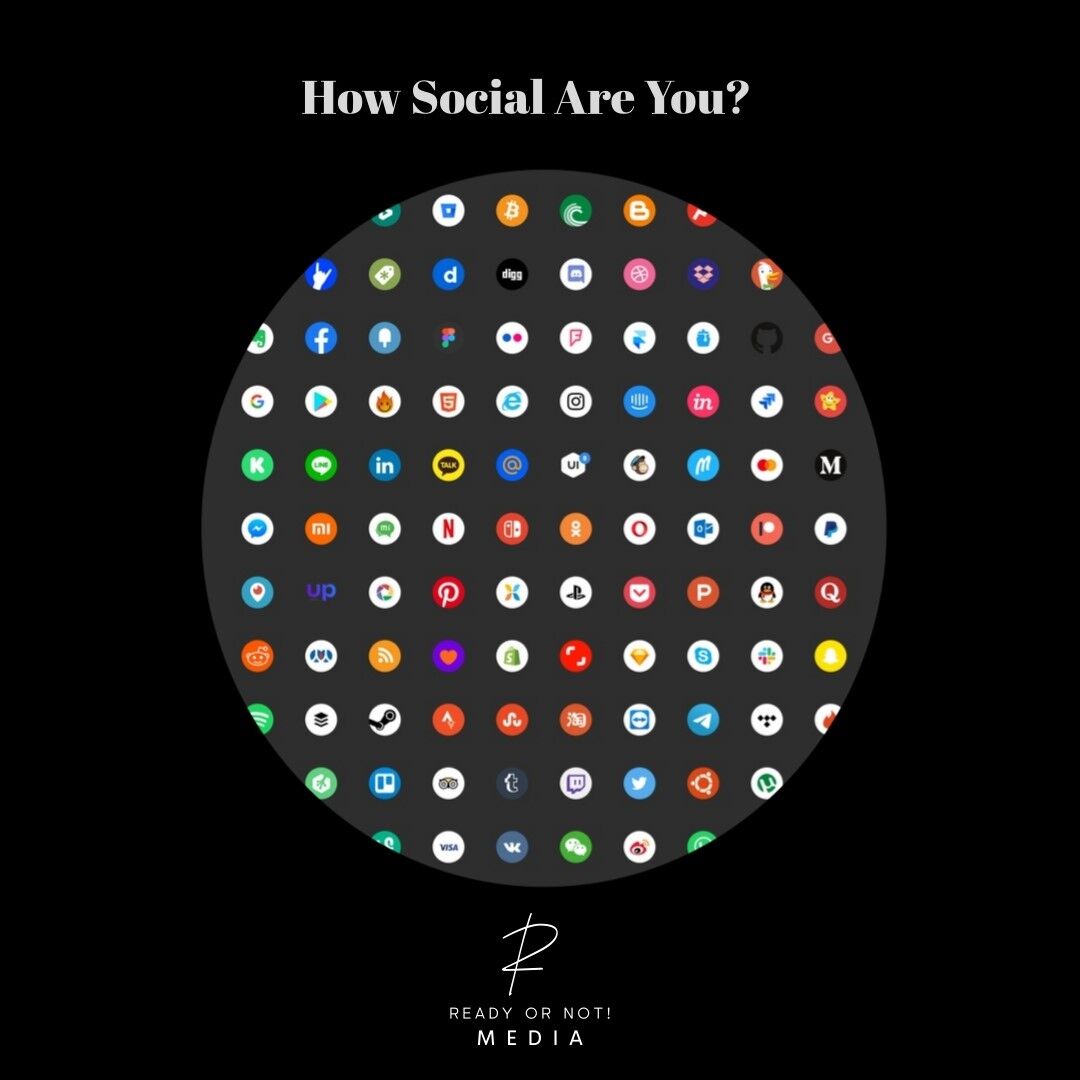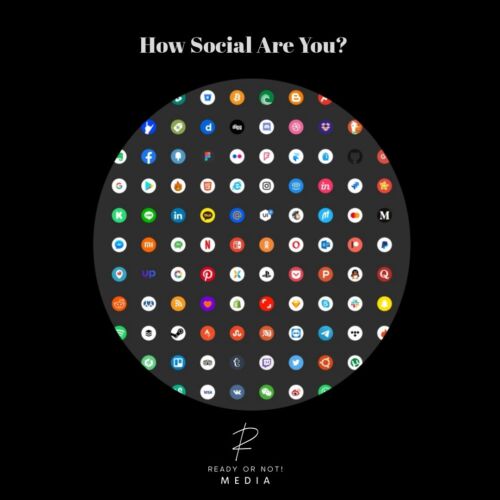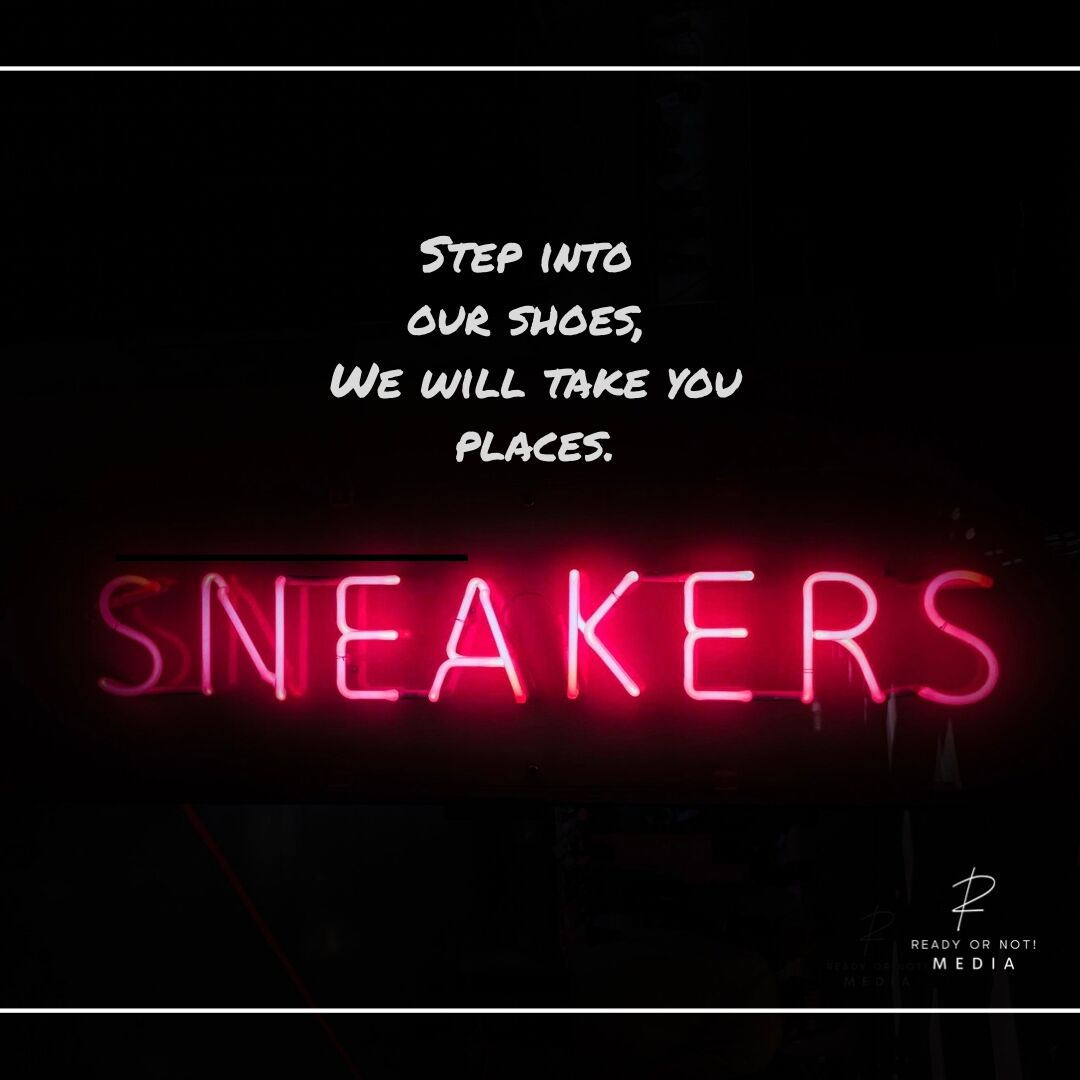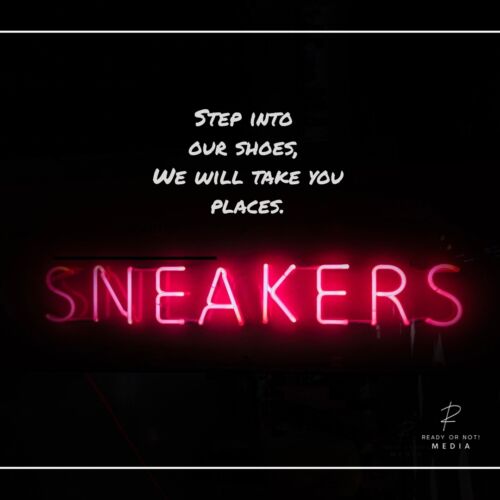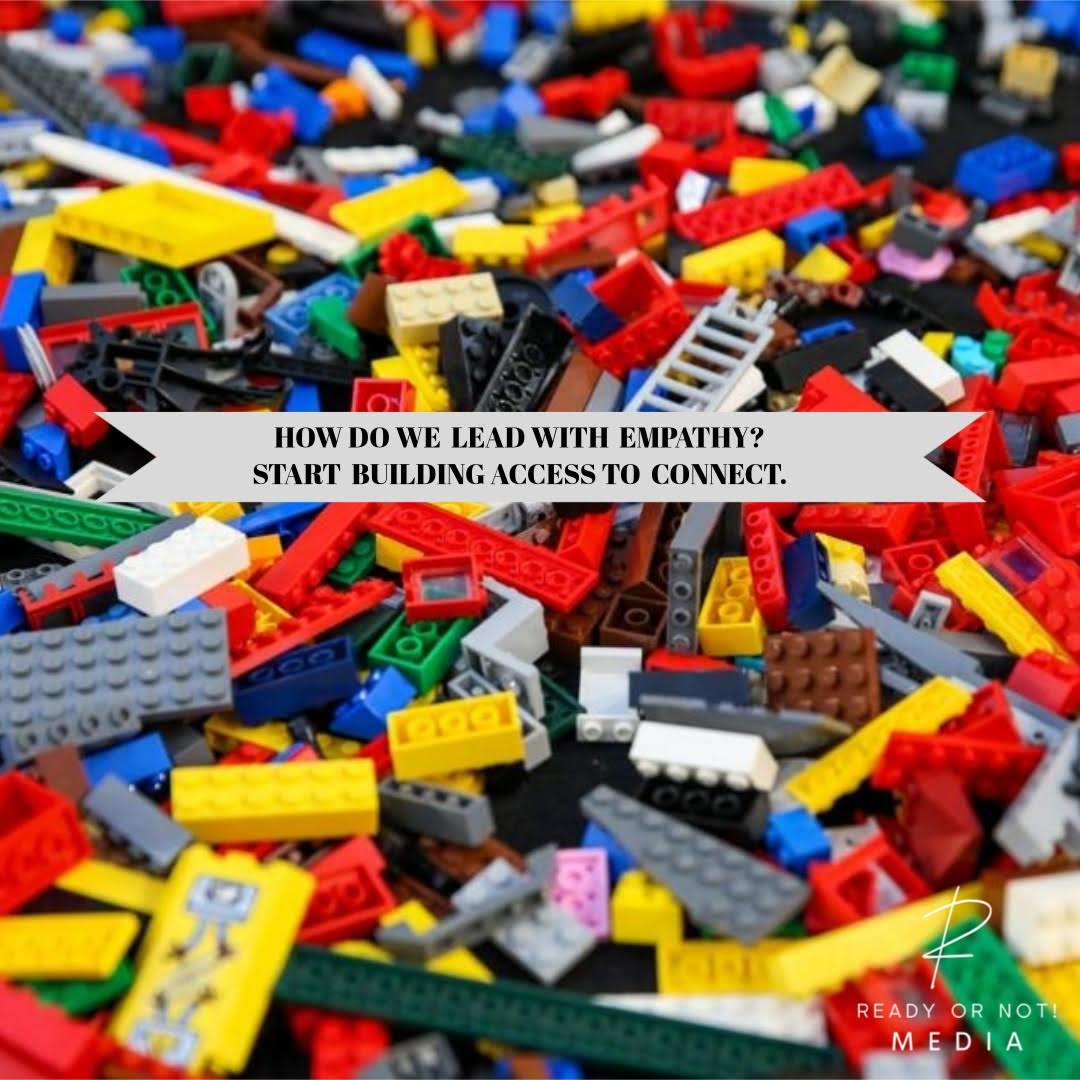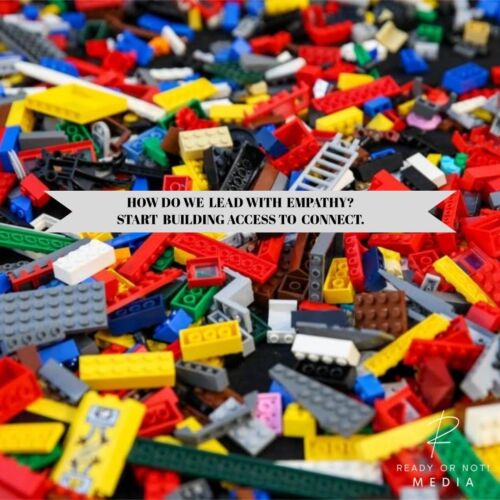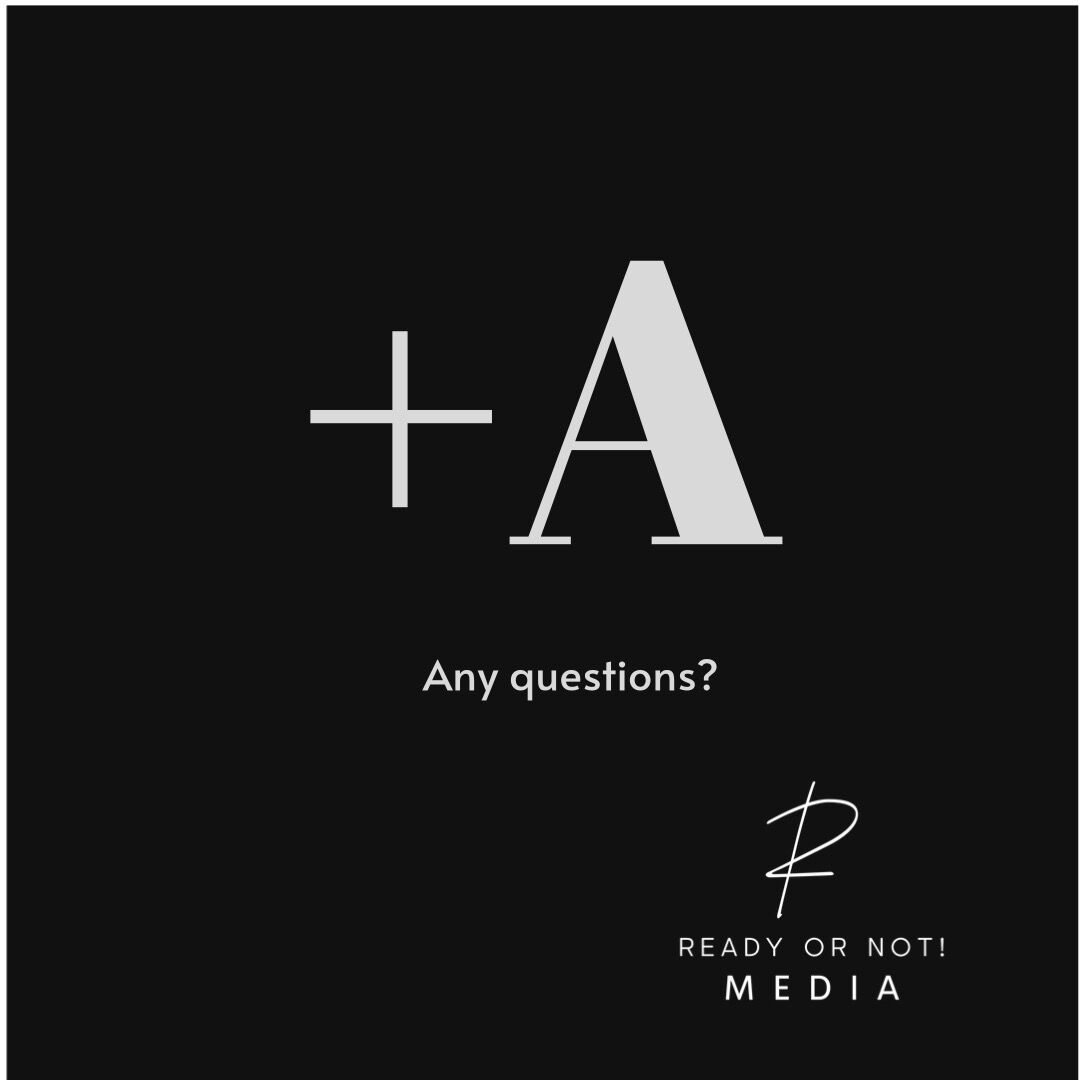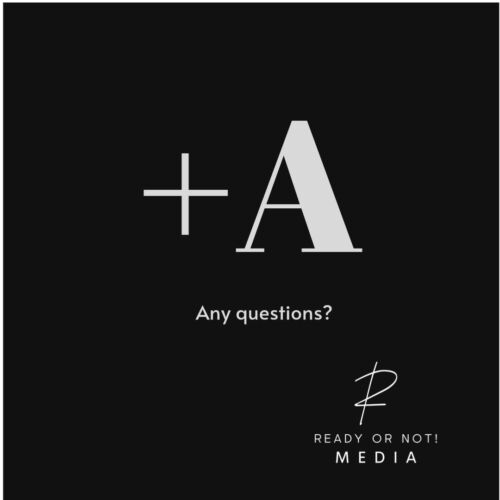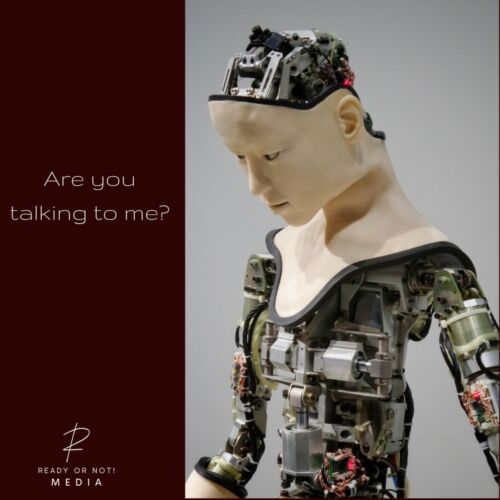
Hi Siri. Hi Alexa. You Are My New Best Friends.
Who would have thought I can adjust the temperature without touching the thermostat? I certainly did not think that AI would be able to tell me what groceries I needed.
Technology can control nearly every aspect of your home, whether that be adjusting the temperature, closing the curtains, turning on/off the lights, setting timers/alarms and more.
Not only is AI changing the way we work, learn, and play, but it is also changing the way we go about our everyday lives. For people with disabilities, AI is truly becoming a life changer, offering new opportunities and improved quality of life in ways that were once unimaginable.
We are seeing a great increase in accessibility for people with disabilities who are able to use their devices and interact with the world in new and exciting ways.
Siri and Alexa assist people with mobility issues control their homes and access information. Text-to-speech software and speech recognition technology makes it easier for people with visual impairments to use computers and mobile devices.
GnoSys, or better known as “Google Translator for the deaf and mute”, translates gestures or sign language into text and speech instantly. DeepMind uses lip-reading algorithms to accurately decipher phrases.
How Did You Get So Smart?
Microsoft’s AI for Accessibility program aims to create solutions for the physical and cognitive challenges disabled individuals face, while working toward increasing their independence and productivity through their employment, daily life, and communication.
What’s next?
AI powered self-driving cars will soon eliminate physical isolation, ease independent mobility, promote a more social lifestyle, and help PWD leave the house, have greater access to their communities, and more!
People first!
As we celebrate the advances of AI, we must remember that these technologies are not just about innovation and progress, but about people and their lives.
Collectively, we have the power to create a more inclusive and empathetic world, where AI is a tool for empowerment and a force for good.
I am ready to take our world to the next level.

